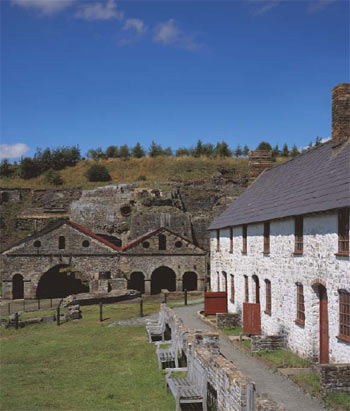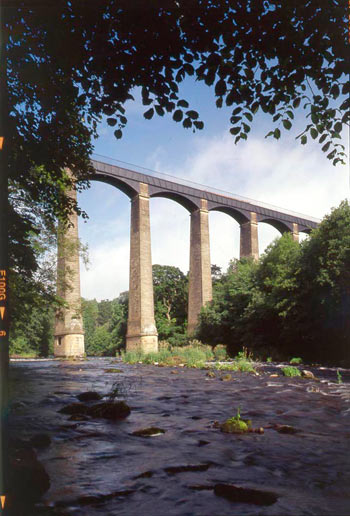INDUSTRIAL
AND MODERN WALES (1750 – present)
During the Industrial Revolution, the coal, metals, slate
and transport industries of Wales were of international
significance. The 1851 census showed more workers in industrial
than agricultural employment, making Wales the world’s
first industrial nation.
The following are extracts/summaries of the key priorities
identified for the period. For the full text, click on the
All Wales Final Document link below.
-
Wales and the wider world
– More assessment of the comparative significance
of Welsh industries is needed to inform international
initiatives and achieve appropriate recognition.
-
Building stock –
Examination of the proliferation of religious, educational
and domestic buildings offers opportunities to understand
patterns of control and self-advancement, migration and
diversity in working communities.
-
Transport corridors
– Further study is needed to establish the significance
of the canals, roads, railways and ports of Wales.
|

 |
Stack Square cottages
which stand adjacent to the ironworks that form part
of the Blaenavon World Heritage site.
©Cadw, Welsh Assembly Government (Crown Copyright)
|

 |
Pontcysyllte aquaduct,
Wrexham: a monument of international importance.
©Cadw, Welsh Assembly Government (Crown Copyright) |

 |
Newbridge Memorial
Hall, Newbridge: one of the new social institutions
for the working communities of south Wales.
©Cadw, Welsh Assembly Government (Crown Copyright) |
|

